The AdMob Mobile Metrics Report for August shows continuing domination of Apple (both with the iPhone and the iPod Touch) and the growth of Android (thanks in large part to the increase in available devices):
* Worldwide iPhone OS marketshare has increased from 33 to 40 percent in the last 6 months, with substantial share in all regions except for Asia and Africa. Please see our June report for more information on the geographic distribution of our iPhone users.
* Android is growing rapidly in North America and Western Europe. The HTC Magic (my Touch) is a Top 10 smartphone in both North America and Western Europe. Worldwide requests from Android increased 17% month over month.
Other interesting takeaways from the US data:
- The top 20 handset models only had two new entrants: Palm Pre and Sony PSP - The iPhone represents 19.7% of all ad requests and the iPod Touch is 2nd at 13.3%. No other device represents more than 6% (the Samsung R450) - The iPhone itself is almost as big as the #2 manufacturer: Samsung: 19.7% vs. 21% respectively. Motorola is #3 at 10.7% - Apple represents over 60% of AT&T's ad requests. HTC is the equivalent on T-Mobile with ~50%


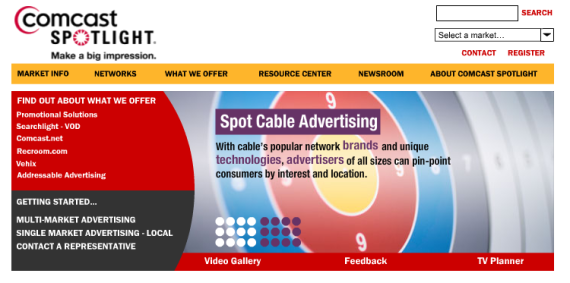
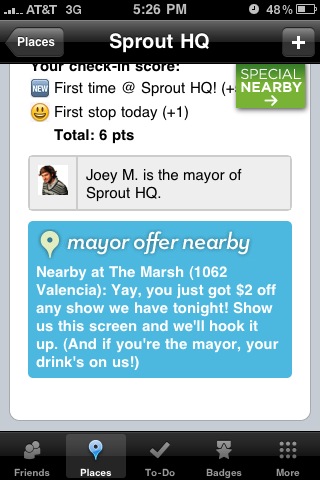
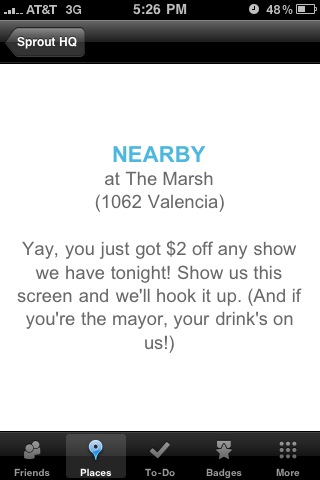
 Golfshot is as simple or complex as you want it to be - which is appropriate for golf: for instance, golfers can measure the distance to the pin or track the distance of every shot (even storing that data by club). The more data you enter (and it's easy to do - simple a swipe or button press), the more advanced the application's charting and measurement system becomes.
Golfshot is as simple or complex as you want it to be - which is appropriate for golf: for instance, golfers can measure the distance to the pin or track the distance of every shot (even storing that data by club). The more data you enter (and it's easy to do - simple a swipe or button press), the more advanced the application's charting and measurement system becomes. 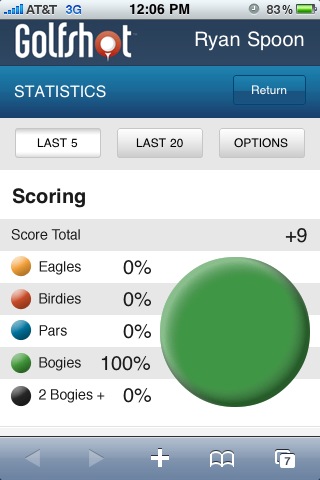

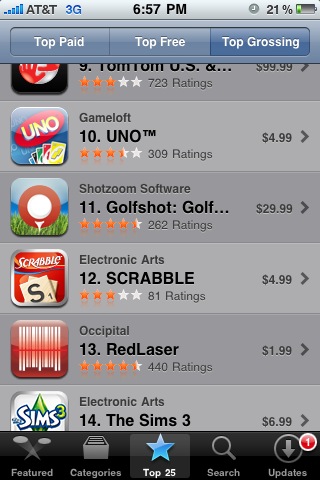

 LBS: Find the nearest Starbucks (and share your location)
LBS: Find the nearest Starbucks (and share your location)




